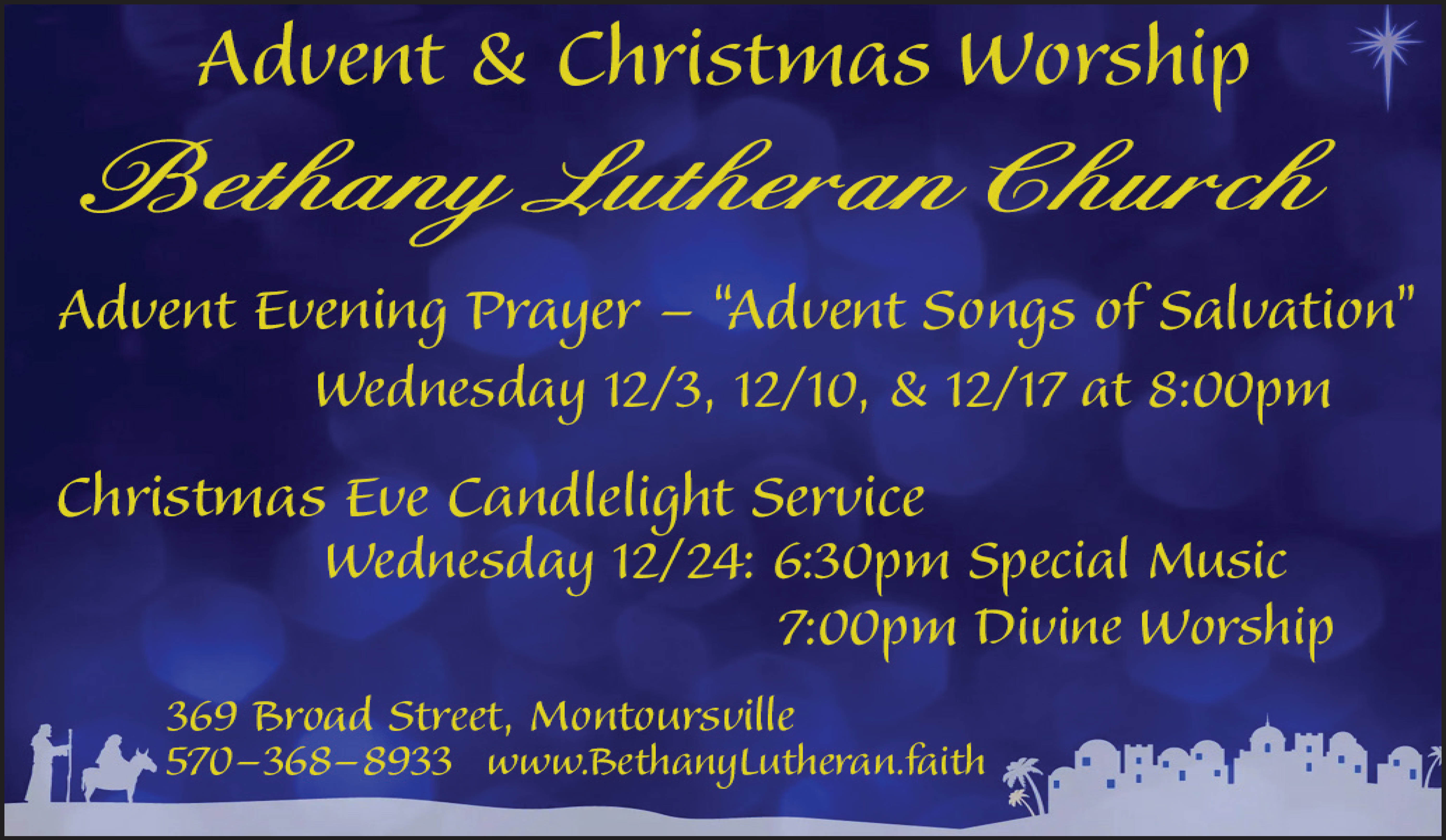Charles Dickens’s holiday classic A Christmas Carol is now 181 years old.
In addition to furious sales during the author’s lifetime, Dickens’s “ghostly little book” has spawned thousands of stage performances, along with countless radio and audio renditions (Audible alone offers more than 100 different readings).
And as for the screen: Fred Guida’s A Christmas Carol and Its Adaptations lists nearly 60 pages of film and TV versions; these have featured such personalities as George C. Scott, Barbie, Jim Carrey, Will Ferrell, Fred Flintstone, Susan Lucci, Cicely Tyson, Patrick Stewart, Beavis & Butthead, Henry Winkler, Albert Finney, the Jetsons, Mister Magoo, Kelsey Grammer, Bill Murray, Mickey Mouse, the Moonlighting gang and of course, the Muppets.
Yet a mere 130 English pounds is all Dickens made from initial sales in 1843.
That was partly due to the author putting up some of his own money for that gilt-edged, lovingly illustrated first edition — and partly from all-but-nonexistent copyright laws at the time, which essentially allowed unscrupulous publishers to pirate the piece without paying a penny.
Happily, the writer made a fortune later on with public performances of the book throughout England and America.
And speaking of speaking: your Webb Weekly book-lover and resident Dickens devotee will give a talk on Christmas Carol at the Brown Library: 5:30 p.m. on Dec. 17. (It is free, but registration is required; see jvbrown.edu.)
In addition to a “spirited” discussion of which movie versions are the best, we’ll cover a wide range of other cool Carol-connected questions:
For example — as Dickens asks in his opening passage — just exactly why is a door-nail “the deadest piece of ironmongery in the trade”? (Hint: a “door-nail” is not a nail used to build doors; rather, it has to do with a door-knocker — which, as you may have noted, does show up a bit later in the story!)
Or how about this: Precisely what ailment does Tiny Tim have, such that added funds from Scrooge might wind up preventing his death?
And why is the wife of Scrooge’s nephew not playing at blindman’s buff — but seated comfortably in the corner, where old Ebenezer wishes he had not startled her upon his unexpected entrance near the end?
Why didn’t the three ghosts come on three successive nights, as Marley said they would — but instead accomplished their work “all in one night” (to use Scrooge’s phrase from Stave Five)?
And what is meant in the opening section when Scrooge tells Fred “that he would see him — ” … and then seems to end the sentence right there?
More to the point, what has given this world-renowned book its unbelievable staying power, and what makes it work so beautifully for its fans and readers?
We’ll look as well at some aspects of Dickens’s life, and at the composition of the book; I will also distribute a handy handout featuring some of the best books about Dickens’s life — and about his most famous novel. That list will likewise cover touch on the many adjunct novels that flesh out Scrooge’s future, or the lives of minor characters. This impressive cadre includes Louis Bayard’s excellent thriller Mr. Timothy; Samantha Silver’s charming Mr. Dickens and His Carol; Vanessa Lafaye’s terrific Miss Marley (about Jacob’s sister); and the very best of these, Charlie Lovett’s amazing Further Adventures of Ebenezer Scrooge.
I also plan to show a scene or two from the better films, including Patrick Stewart from 1999 and of course — the cream of the crop — the sensational Alastair Sim version made in 1951.
Join us if you can!
And in the meantime, local storyteller, musician and retired physician Don Hess will perform his own version of the Carol this Thursday, Dec. 12, from 11 a.m. to 1 p.m. at the Williamsport YMCA. That gig also is free and open to the public; register at (570) 323-7134 (ext. 109) or lorig@rvrymca.org.



